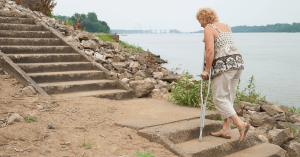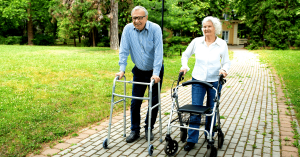
Have you been told that physiotherapy could help you? But you have no idea what it actually is or involves?
How can you make the right decision for your care when you don’t know enough about it?
I want to address this here by answering the question ‘what is physiotherapy?’ and explaining how it can help you get better.
I’ll also be answering some of the most common questions about physiotherapy generally.
Table of Contents
Toggle1. Physiotherapy vs. Physical Therapy
Firstly, have you heard the terms physio, physiotherapy and physical therapy and are wondering what the difference is?
The short answer to this is that there is no difference really!
Here in the UK we use the term physiotherapy, or physio for short, whereas in the United States and some other countries physical therapy is used. Really it’s the same thing!
2. What is physiotherapy?
Physiotherapy is the therapy that can help you get better if you are in pain, have an injury or are having trouble moving.
Physio is also the place to go if you have a sports injury or have just had a surgery or broken bone and need to get moving again.
Your Physiotherapist can help you get your life back to how you want it so you can do what you like doing again.
So, for example, if you are getting knee pain from exercise and can no longer go for your regular run, your local physio is the best person to help you get rid of it.
Likewise, if you’ve got neck pain on the left side and tight neck muscles from working long hours from home, your physio is best placed to help you recover quickly.
3. What does physiotherapy involve?
With physiotherapy you will:
a. Get a diagnosis
b. Receive hands on treatment to relieve pain and stiffness
c. Be taught exercises that will help you get better
d. Be advised on what you should and shouldn’t do in order to recover
See below for further details of each of these:
a. Get a diagnosis
At your first appointment your Physiotherapist will assess you to find out what’s wrong and how to fix it.
They will do this by firstly asking you lots of questions about your pain or injury – this will help them to get some clues as to what the problem might be.
Then they will do a physical examination – they will:
- Have a look at you and the problem area
- Get you to do some movements to see what might be causing your pain
- Have a feel of the area to help pinpoint the issue
- Check that your joints and muscles are working properly
Then your physio will be able to make a diagnosis based on this assessment. An example of a diagnosis might be patello-femoral pain (kneecap pain) or a frozen shoulder, for example.
They will then discuss this with you, explain what it means and talk to you about what you need to do to get better.
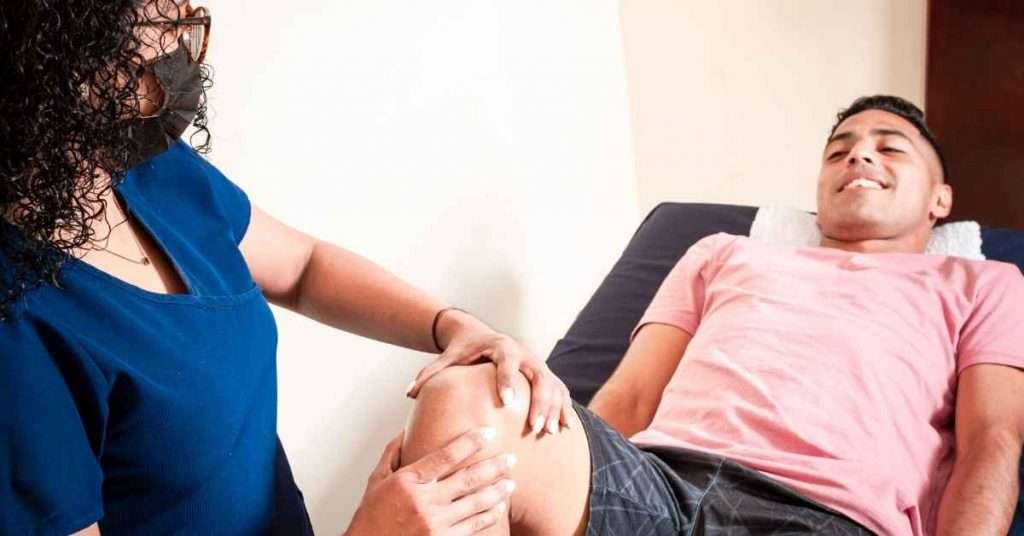
b. Receive hands on treatment to relieve pain and stiffness
For most injuries and painful conditions, your Physiotherapist can help you by using hands-on physio techniques.
There are many different techniques and those chosen for you will be based on your diagnosis and symptoms. Some options are:
- Massage work on tight muscles to help release tightness or muscle pain that may be contributing to your symptoms. For example, releasing tight muscles for lower back and hip pain on one side [1, 2].
- Mobilisation techniques on stiff joints to ease stiffness and help restore full range of movement. For example, cervical spine joint mobilisations for neck pain and stiffness [3, 4]
- Acupuncture for pain relief and to promote healing. For example, acupuncture for back pain can stimulate production of pain relieving chemicals and encourage the tissues to heal [5, 6]
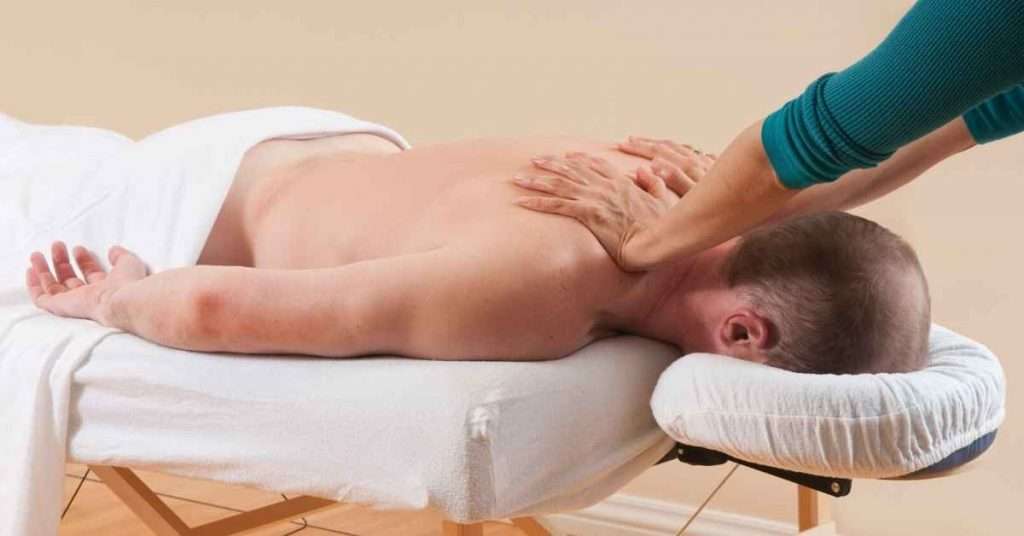
c. Be taught exercises that will help you get better
In my experience, most painful conditions and injuries are usually at least partly due to muscle weakness or muscle tightness (or both!).
Hands on treatment can be very beneficial to ease your symptoms and help you to start feeling better. However, if you don’t also do the right exercises you will not get a 100% recovery.
Muscles will only get stronger through exercise, hands on therapy cannot strengthen muscles, however nice that would be!
Likewise, muscle release sessions in clinic with your physio need to be complimented with your own stretches at home in order to get the maximum benefit [7].
Your physio will be an expert in choosing the right exercises at the right level for you and your condition.
For example, one person might require high level exercise to strengthen the knees to get them back to playing football. The next person may need quite basic, gentle gluteal muscle strengthening exercises for lower back pain.
If you see a good Physio they should provide you with a printed or online exercise programme created specially for you that is updated after every session.
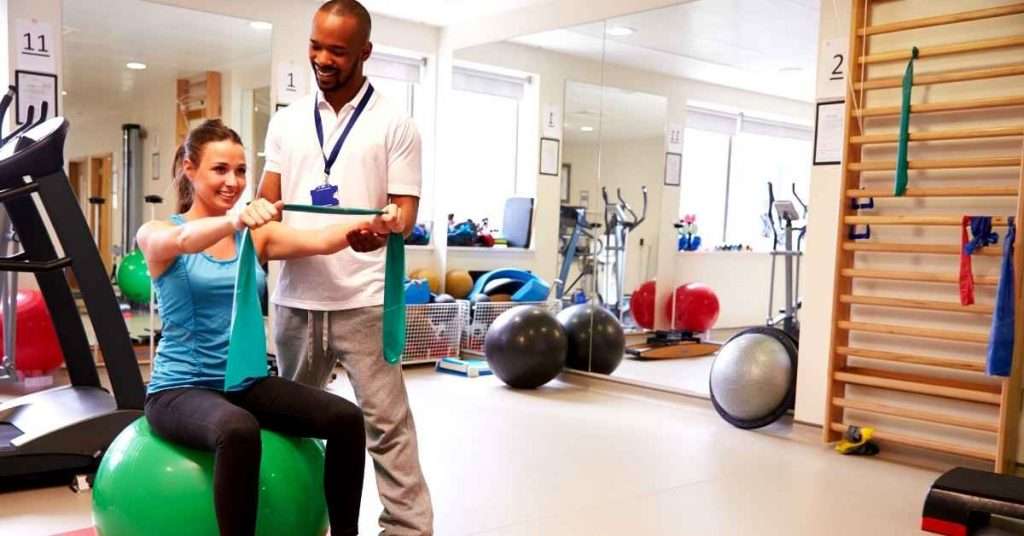
d. Be advised on what you should and shouldn’t do in order to recover
What you do and don’t do when you injure yourself can have a big impact on how long your pain lasts for, and how long you take to fully recover.
Very often people tell me that they did not know whether to continue with their activities or whether to stop them.
As a consequence people often try to keep going and push through their pain. This can make the pain worse or last for longer than it would have otherwise.
Others do the opposite and stop doing everything as they are scared of making it worse. This can also be problematic as if you stop all activity you can get weak and stiff quickly, which can contribute to exacerbation of symptoms.
For most people the answer is to identify your most painful activities or movements and reduce or change how you are doing them, without stopping doing everything.
And it is your physio who is best placed to advise you on what to change, how to change it and for how long.
For example, if you have shoulder pain when lifting your arm, bending your elbow before you lift your arm makes the arm a shorter length, taking some of the strain off the shoulder joint.
Likewise, if you are receiving physiotherapy for sciatica and have pain down your leg, simple tricks like bending your knee before you bend forwards can take the tension out of the sciatic nerve and give you some relief.
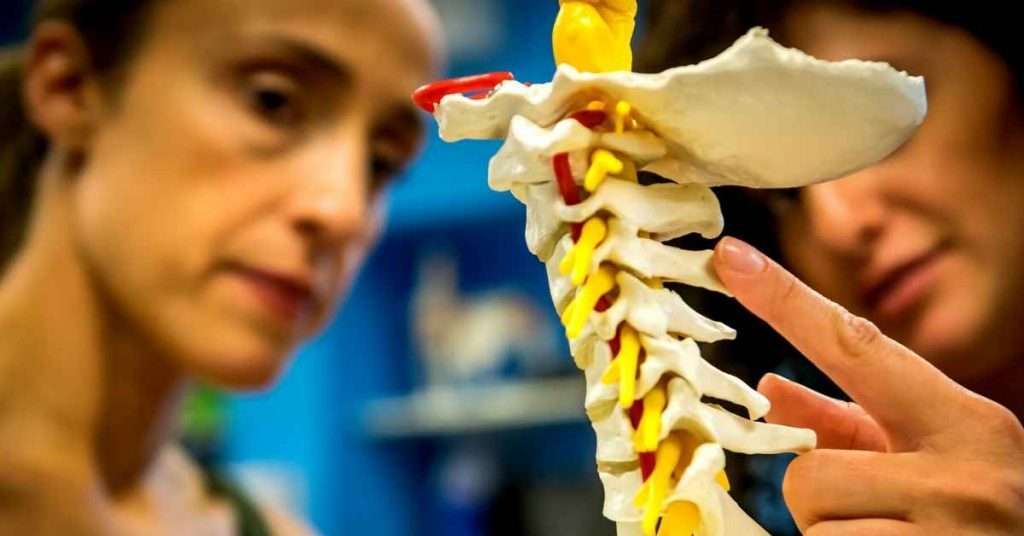
4. How long will it take to get better?
The answer to this is naturally very dependent on the individual and their diagnosis and progress. Normally it will take a series of physio sessions to get completely better.
This is because a good physiotherapist will find the cause of the problem and address that with you too, not just treat the symptoms.
A lot of people wonder why their problem gets better but then keeps coming back; normally this is because a proper diagnosis has not been made and the root cause of the problem has not been found.
Although we would like it to be the case, physiotherapists can’t magically fix someone and get you 100% better in one day.
Though that doesn’t mean that we can’t ease your symptoms in the first session – now that is possible!
People often find that the hands on therapy they receive initially can do wonders for their aches, pains and stiffness. So they start to feel better and can get on with the rest of their physio rehabilitation programme.
Also, it does take the body time to heal and start getting better.
In terms of muscle strengthening, for example, it takes 6 to 8 weeks of doing your exercises on a regular basis for the muscles to actually start getting stronger!
As an example, if you are struggling with low back pain a series of physiotherapy sessions may look something like this:
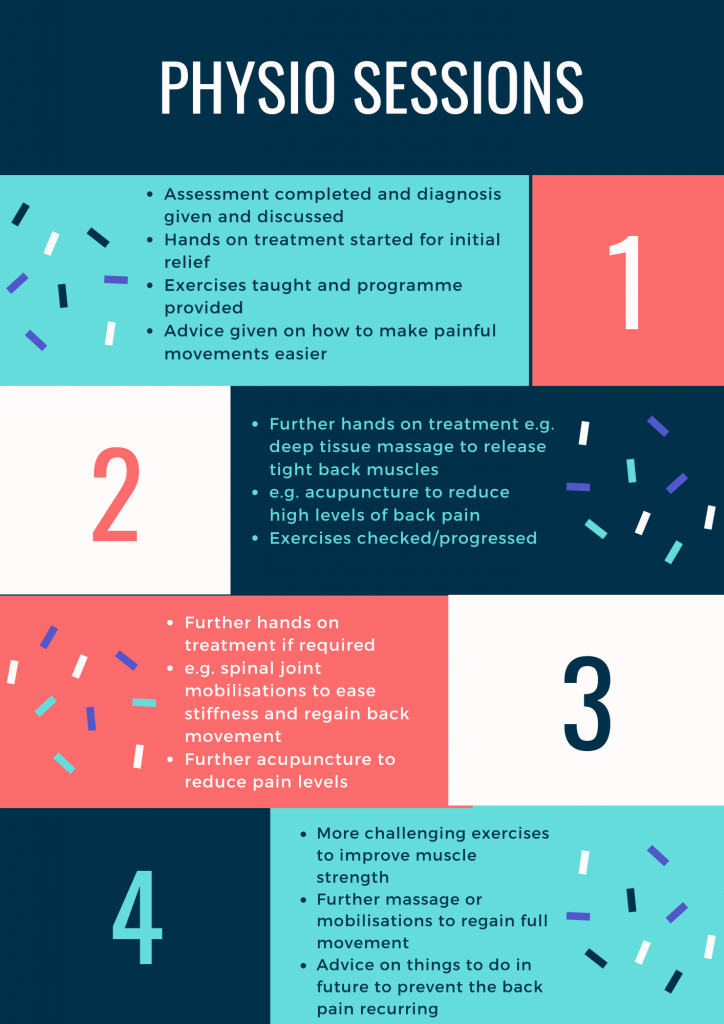
The above is just a basic example of what a series of physiotherapy sessions might involve.
Obviously, the physio treatments given and exercises taught will depend on the individual and their diagnosis and goals.
Each physiotherapy session plan will be created based on your needs and what you want to get out of your sessions.
For example, one person’s goal may be to be able to return to the gym after shoulder pain on bench press.
Whilst another person’s goal might be to be able to walk the dog again after suffering from foot pain in the heel.
5. What commitment is required?
Your physiotherapist will be able to help you best if you follow their advice and try to do the exercises they have shown you!
These will normally need to be done independently by you at least a few times a week.
If you are having problems with them, that is fine, tell them and they will help you!
For your best recovery a combined treatment programme of hands on therapy and exercises works best, so effort will be required from you in order to get the best result.
But after all, anything worth achieving doesn’t come without effort, right?!
6. Can physiotherapy help me?
Physiotherapy can help with most aches and pains that you are likely to suffer with.
Below is a list of problems that physiotherapy can treat. Though this is by no means an exhaustive list!
- Back pain
- Neck pain
- Shoulder pain
- Hip pain
- Knee pain
- Elbow pain
- Ankle pain
- Foot pain
- Jaw pain
- Wrist pain
- Pelvic girdle pain
- Hip/knee/shoulder replacements
- Rotator cuff surgery
- ACL reconstruction
- Hip/knee keyhole surgeries
- Sports injuries
- Fractures
The best thing to do is to get in touch with a physio for a chat. That way they can advise you specifically on your situation.
And if they don’t think they can help you, they will advise you on who might be able to help you instead!
Also you don’t have to be in pain to come to physiotherapy! Physio can also help you if you have restricted movement, difficulty walking, or you need exercises in order to lose weight or strengthen up.

7. I don't know what's wrong so I don't know whose help I need!
Physiotherapists are trained to know whether someone needs physio or to see their GP, or even to go to Urgent Care or A & E.
So even if you are not sure if physio is the right place to go, call them up and your physio will be able to guide you and advise you on what’s the best thing to do!
8. Isn't physio just exercises?
No! Exercises are an important part of what a physio does but there are many different treatment techniques that physiotherapists are skilled in.
And they will use whichever combination of treatments are suitable for helping you get better.
Here are some examples of different techniques that physios have in their tool belt:
- Trigger point therapy
- Sports massage
- Deep tissue massage
- Acupuncture
- Joint mobilisations
- Joint manipulations
- Taping

So now when someone asks you ‘what is physiotherapy?’ you can bore them with your knowledge!
Hopefully you’ve seen that physiotherapy (or physical therapy) can help with so many different things that you might be struggling with.
Please don’t wait and suffer any longer than necessary – there will be a physio that can help you so get in contact with them!
What to do next?
If you’re struggling with aches and pains that are affecting your ability to get around, have you considered whether a mobility aid might help you?
Check out my article below:
Signs that you may need a mobility aid
If you think you might need an aid but aren’t sure which one, give my quiz a go to find out:
References
[1] Allegri M, Montella S, Salici F et al. 2016. ‘Mechanisms of low back pain: a guide for diagnosis and therapy’. F1000 Research. 2016 Jun 28;5:F1000 Faculty Rev-1530
[2] Hodges, P and Danneels, L 2019. ‘Changes in Structure and Function of the Back Muscles in Low Back Pain: Different Time Points, Observations, and Mechanisms’ Journal of Orthopaedic & Sports Physical Therapy’. Vol 49, Issue6, pp. 464-476
[3] Lee KS, Lee JH 2017. ‘Effect of maitland mobilization in cervical and thoracic spine and therapeutic exercise on functional impairment in individuals with chronic neck pain’. J Physical Therapy Science 29(3):pp 531-535
[4] Snodgrass SJ, Rivett DA, et al 2014. ‘Dose optimization for spinal treatment effectiveness: a randomized controlled trial investigating the effects of high and low mobilization forces in patients with neck pain’. Journal of Orthopaedic & Sports Physical Therapy 44(3):141-52.
[5] Lim TK, Ma Y, Berger F, Litscher G. Acupuncture and Neural Mechanism in the Management of Low Back Pain-An Update. Medicines (Basel). 2018 Jun 25;5(3):63
[6] Dascanio V, Van Dongen C et al 2015 ‘Acupuncture in Physiotherapy: The Evidence; a summary of evidence for the use of acupuncture in physiotherapy for the benefit of the patient’ Acupuncture Association of Chartered Physiotherapists Ltd.
[7] Argent R, Daly A et al 2018. ‘Patient Involvement With Home-Based Exercise Programs: Can Connected Health Interventions Influence Adherence?’ JMIR Mhealth Uhealth. 1;6(3):e47



